Article and most photos by Raoul Pascual
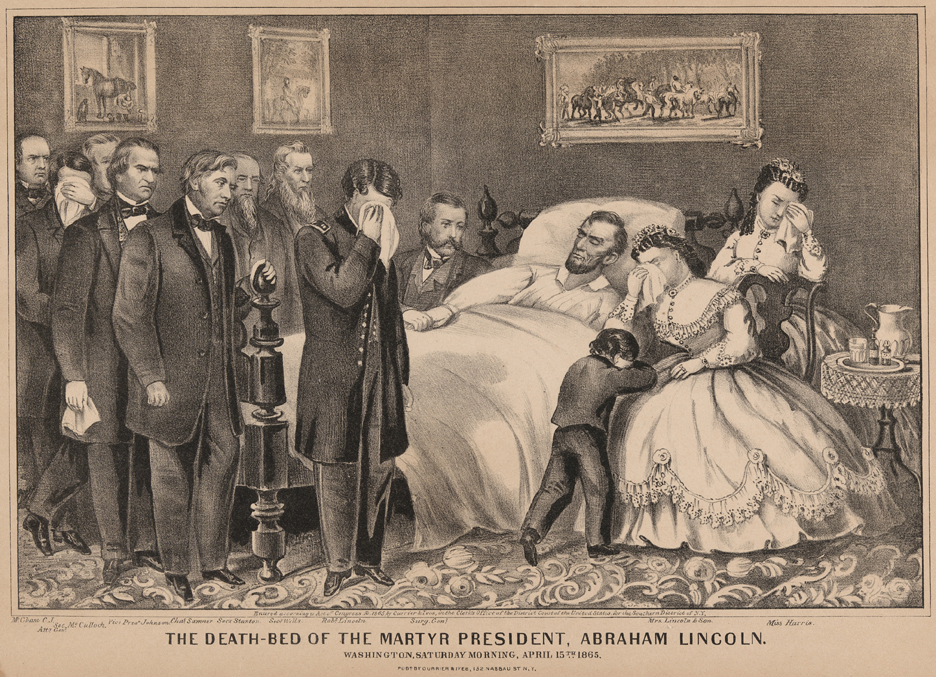
I used to live around the Washington, DC area in my college days and I’d been to the Smithsonian Museum and the different monuments. But it never occurred to me that this is also the town where President Abraham Lincoln was assassinated. So to my delight and surprise I found out, through a museum information booth, that the original Ford Theatre where he was shot and the house where he died had been preserved all these years and it was just a few blocks away.
I only had a typical general tourist map (with hardly any detail) to get to my destination — I just knew I was walking in the general direction. Once I saw tourist buses and a souvenir shop full of Lincoln memorabilia I knew I was at least in the vicinity. But as I gazed around, I saw nothing but blocks of modern buildings. And then I saw a security guard wearing a standard beige uniform guarding an old fashioned stairway entrance of a brick façade of a house. It was literally a hole in the wall among the modern buildings. It turned out to be the boarding home of the Petersen family where Lincoln was carried to after the shooting.
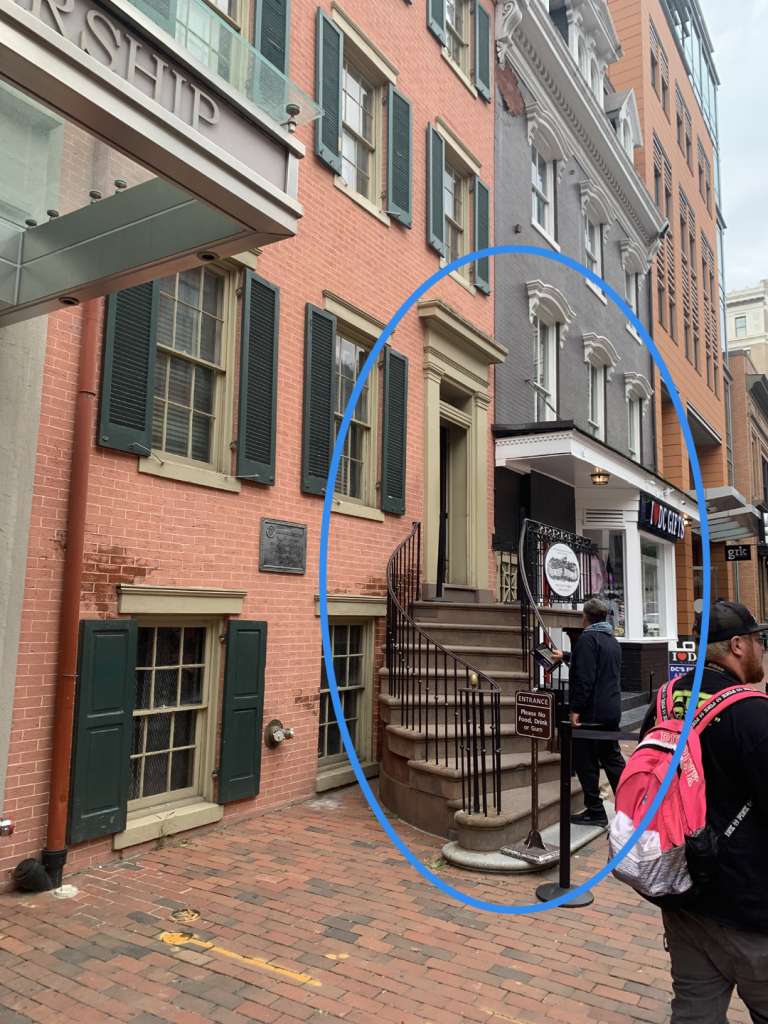
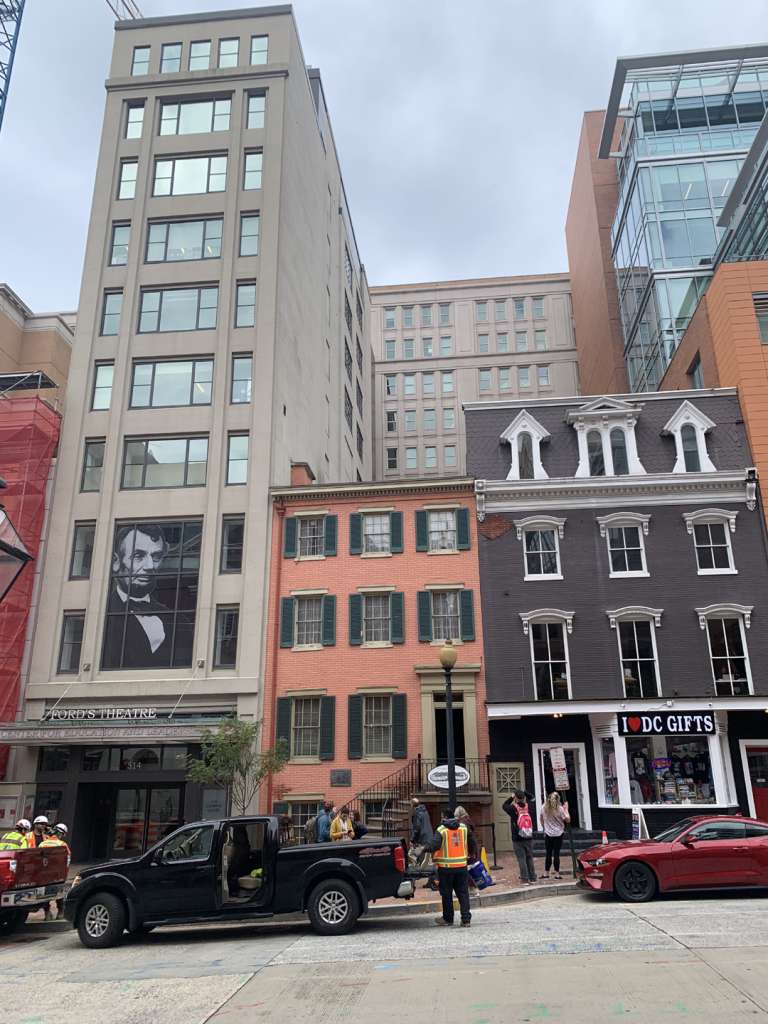
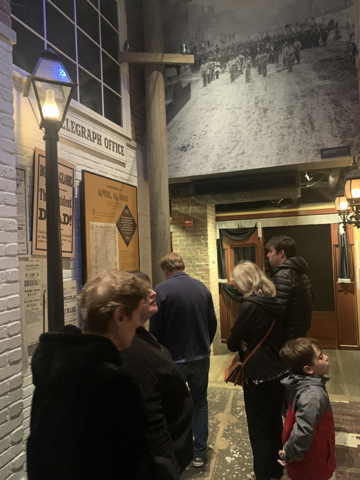
Fortunately for me, it was an off-season so there were just 2 families ahead of me. One could get claustrophobic easily in this cramped hallway where posters and enlarged pictures of old newspaper headlines unfolded the assassination. Less than a hundred paces from the entrance was a little door at the end. I entered the room and there it was — the famous bed where Lincoln breathed his last. I knew Lincoln stood head and shoulders above everyone so I was surprised that he fit in that short bed. The bed sheet, the pillows, the clutter in the room where they carried him to safety seem to have been preserved. There was a sense of reverence as tourists took turns gazing at the room where this great man died. Not much could be said about the room. No elaborate decoration. It was what it was. And then the path towards the exit showed more pictures and displays of the aftermath — John Wilkes Booth’s escape route, the hunting party, the judges, etc.. The architects of this display were pretty clever in blending this 1860s home with the modern age. There was a large spiral stairway standing from the bottom floor to the 3rd floor and in the center was an odd pillar of books. Upon closer inspection, I realized that every single one of those books — from the children’s books to the scholarly writings — had been dedicated to Abraham Lincoln. Such was this man’s legacy to the world.
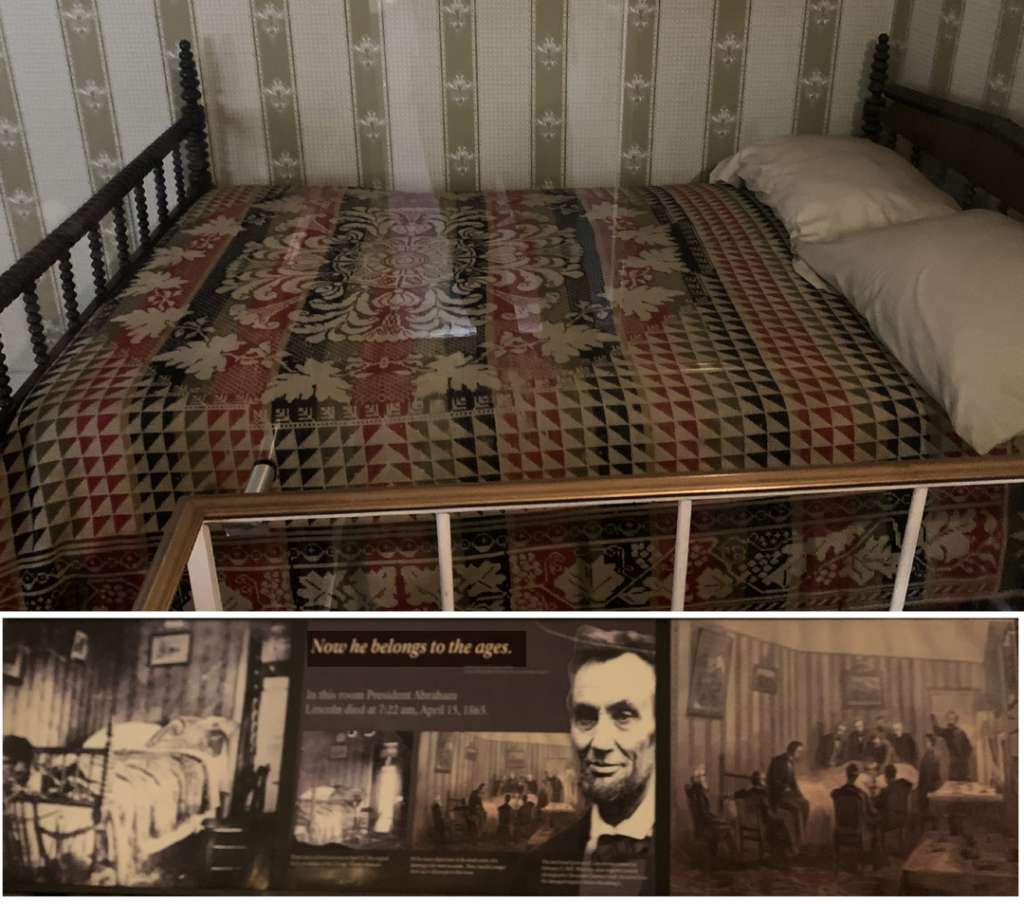
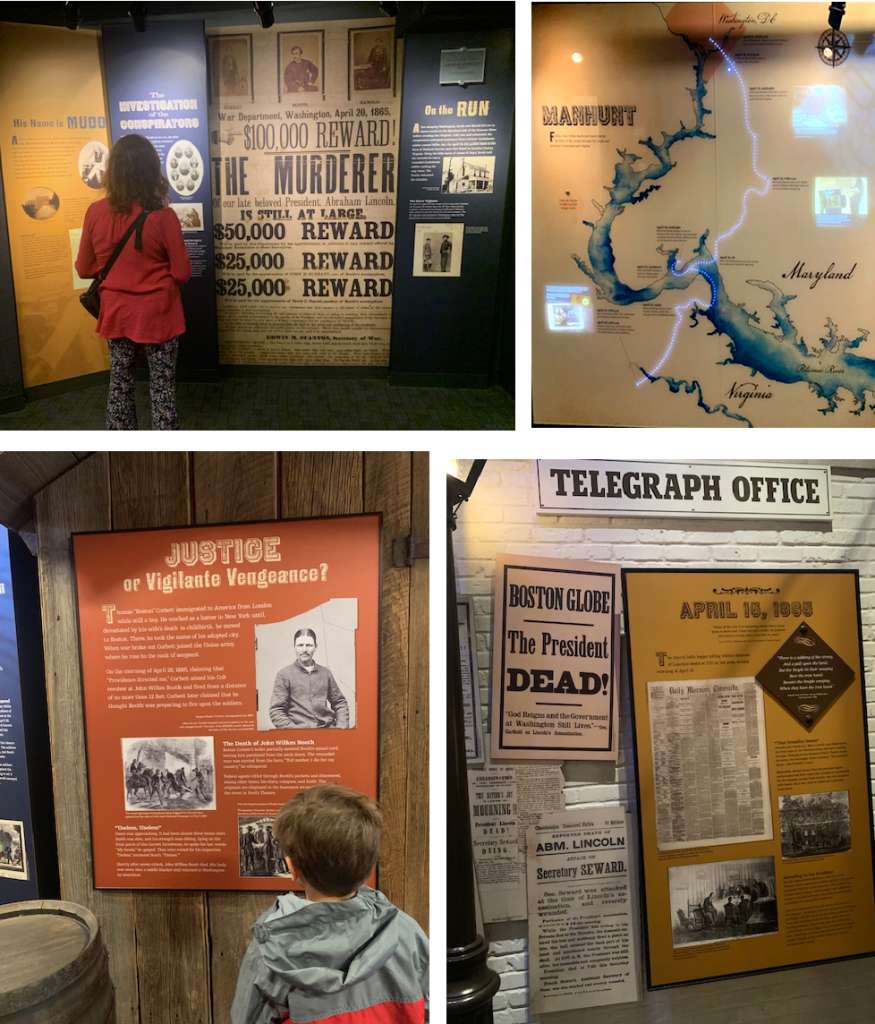
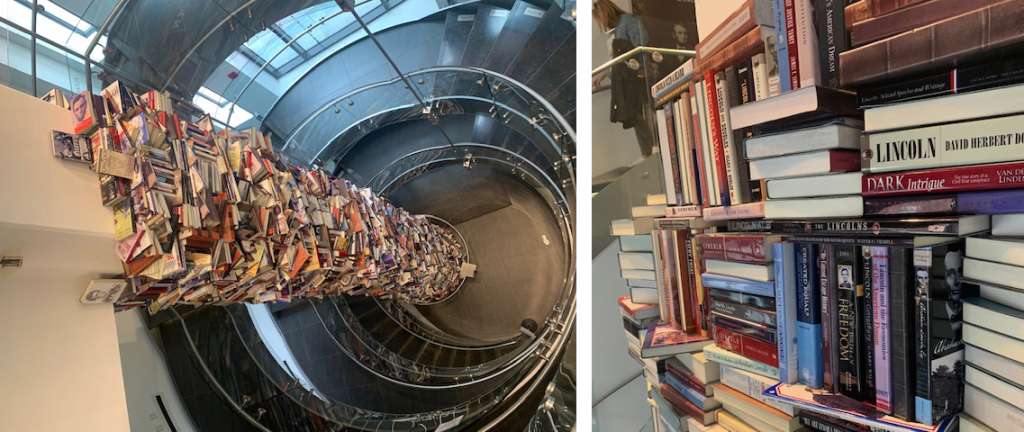
I asked the guard where the Ford Theatre was and he was amused at my blindness. He pointed right across the street. I expected to find an old building instead of a glass façade. The proximity just made sense because this was the closest accommodation to rush the body to safety right after the shooting.
Again, the theatre was an architectural marvel – a blending of the old and new eras. One step past the double door entrance brings you back in time. The interior reminded me of some of the New York Broadway theaters where intricate wood carvings adorn the walls and the ceiling.
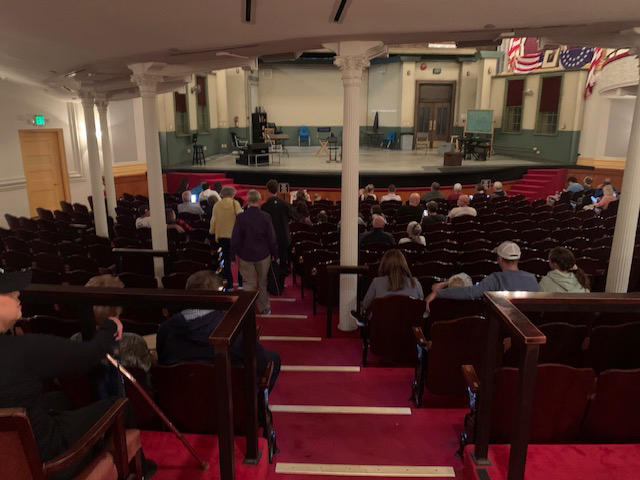
A Little History
The tourist guide narrated the events of the assassination like a seasoned orator. He said the Civil War had just ended. Many lives were lost on both sides. Lincoln was bereft and carried the deaths of 618,222 soldiers on his weary shoulders. It was a hollow victory. There were still loyalists of the Confederate army who considered Lincoln a traitor to the white race. Among them was the most popular actor of that day, John Wilkes Booth (JWB).
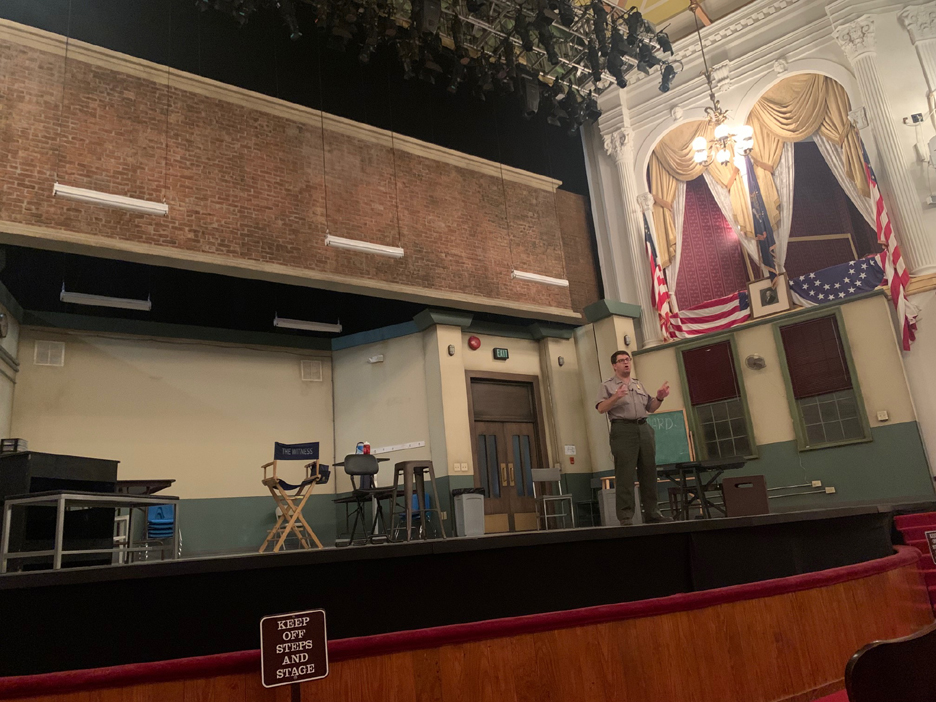
With victory fresh in the air, the people in D.C. clamored for the President to give a speech; however, contrary to popular belief, speaking in public was not one of Lincoln’s strong suits and he passed the opportunity the first night. But he prepared for the second night and on April 11, 1865, speaking from the White House window to the crowd below, he reluctantly gave his speech about reconstruction and unity … it was his final speech on this earth. The speech angered JWB and it was there that he vowed to assassinate the President. To put things in context, the sentiments against slavery in the country was divided. Lincoln went against the grain and he had made genuine enemies. Ironically, it was his death that unified the country.
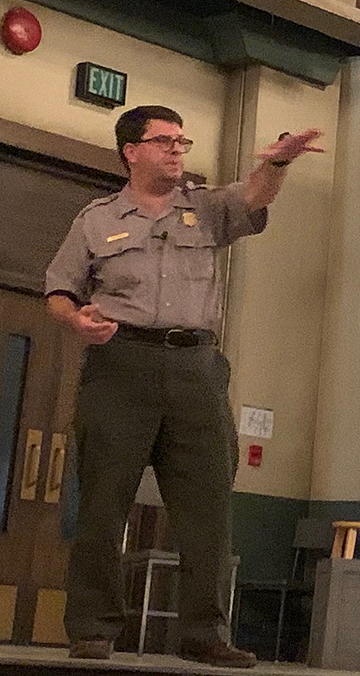
On that fateful week, with his long-time connections with the Ford Theatre, JWB learned that Lincoln had a change of schedule and was going to attend the show — a comedy entitled “Our American Family,” on Good Friday, April 14, 1865. The theater grounds was practically his “home” so he had full access to every room in the building. He was familiar with the play so he knew the perfect time to carry out his dastardly deed. He entered the side door on the 2nd floor that led to the Presidential Box. He barred the door with a 2×4, put a derringer pistol at the left nape of the President and fired. The President’s body slumped forward. 29 year old Major Henry Rathbone (who was sitting near Lincoln) rushed to Lincoln’s aide but JWB drew his dagger and slashed Rathbone’s arm. The audience below were unaware of the violence taking place … thinking the shot was part of the performance until JWB leapt from the balcony and broke his leg; but despite his injury, he escaped through the backdoor and rode away on horseback. With a $100,000 reward on his head, JWB was cornered by federal troops in a Virginia farm on April 26. He refused to surrender so they burned down the farm and JWB was shot and killed. Eight of his fellow conspirators were also captured. Some were hanged and others were locked in prison. Justice was served amidst mixed sentiments.
Dr. Charles Leale attended to the President. The bullet had entered through the left ear and lodged behind the right eye. He had seen enough of the wounds in the Civil War to predict that there was no hope for survival. Lincoln was carried to the Petersen’s home across the street where he died 9 hours later at 7:22 am. Secretary of War Edwin M. Stanton famously pronounced, “Now he belongs to the ages.”
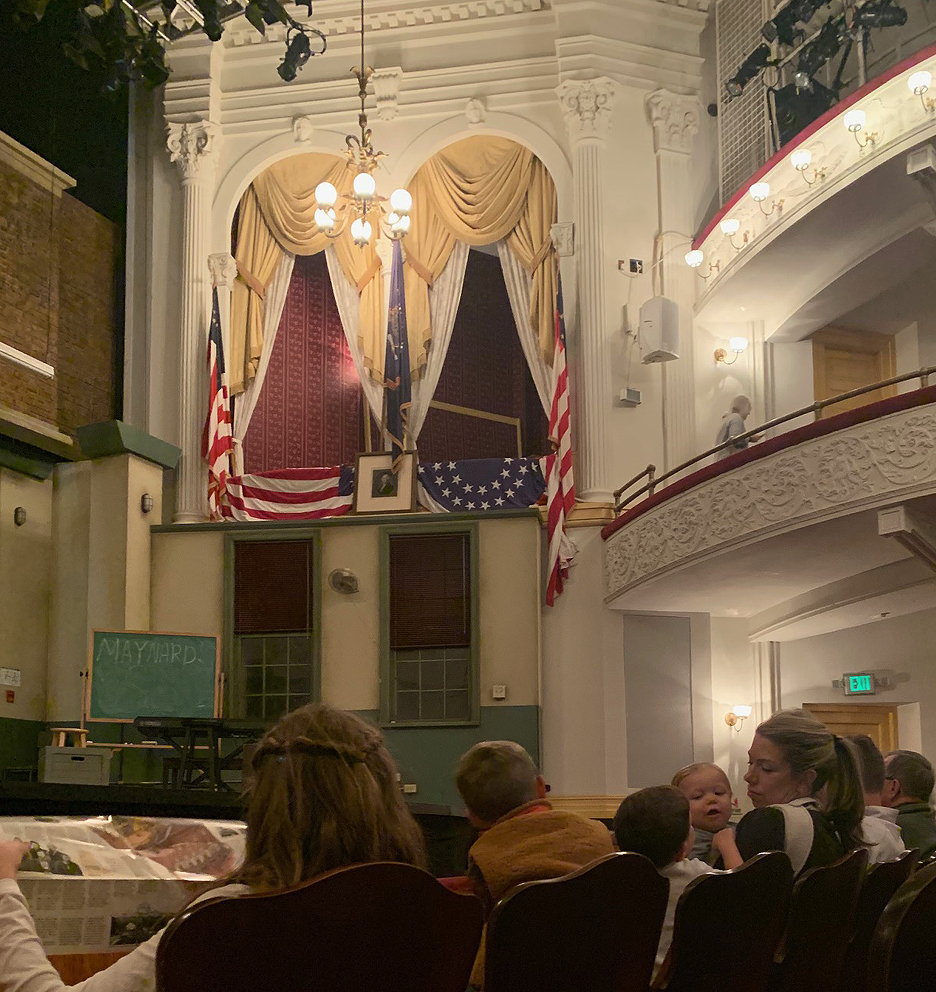
Our group of tourists made our way out of the theater. As I walked out from the centuries-old theater into the streets surrounded by modern buildings, I couldn’t help but compare the uncertainties of Lincoln’s time with that of today. One day the politics of today will certainly find their way into our history books. Will the fake news and the conspiracy theories be convincingly revealed by objective historians? Will we recognize the greedy influencers who lurked in the shadows and will the unsung heroes finally get their thanks? Or will history repeat itself and will we need an assassin’s bullet to unite our divided country? Hmm …
The Assassination of Abraham Lincoln


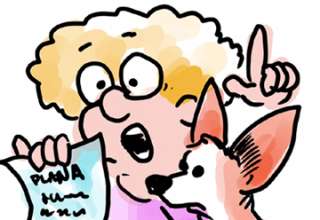
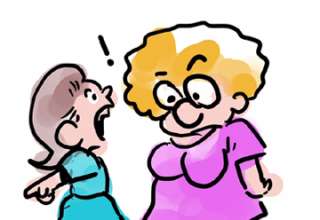
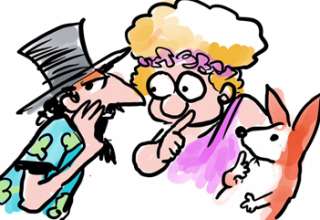
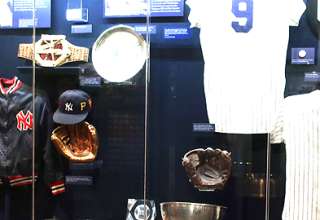
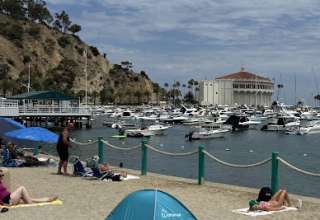
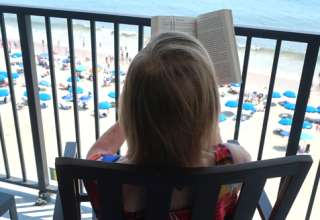

















Oliver
December 7, 2023 at 10:14 am
Besides that, Mrs Lincoln… what did you think of the play?
Jerry
December 7, 2023 at 10:32 am
Good piece of writing, learned a lot. I read somewhere that John Wilkes Booth was more famous for being the younger brother of Edwin Booth, which some considered to have played the greatest Hamlet on the English language stage.
Learned from The History Reader, Booth ‘refused to surrender and was shot inside a tobacco barn. The bullet severed his spinal cord. “Tell mother I die for my country,” the paralyzed Booth muttered to a Union cavalryman.” Not sure if true, but Union soldier who killed him, did on his own with no command from his superiors, and said something about ‘it was God’s command.’
Jerry the Yankee
Tom Joyce
December 8, 2023 at 9:10 am
Well done, I never read this much about his assasination but find new matters to ponder. He was a great and wonderful man of his time working to do what he thought was right. The enslavement of anyone is wrong and He dis something about it.
The road of Freedom has been a rocky one for those freed. Reacism is ugly and to see it up close and personal unbearable.
Thanks for a great thought provoking article to ponder.